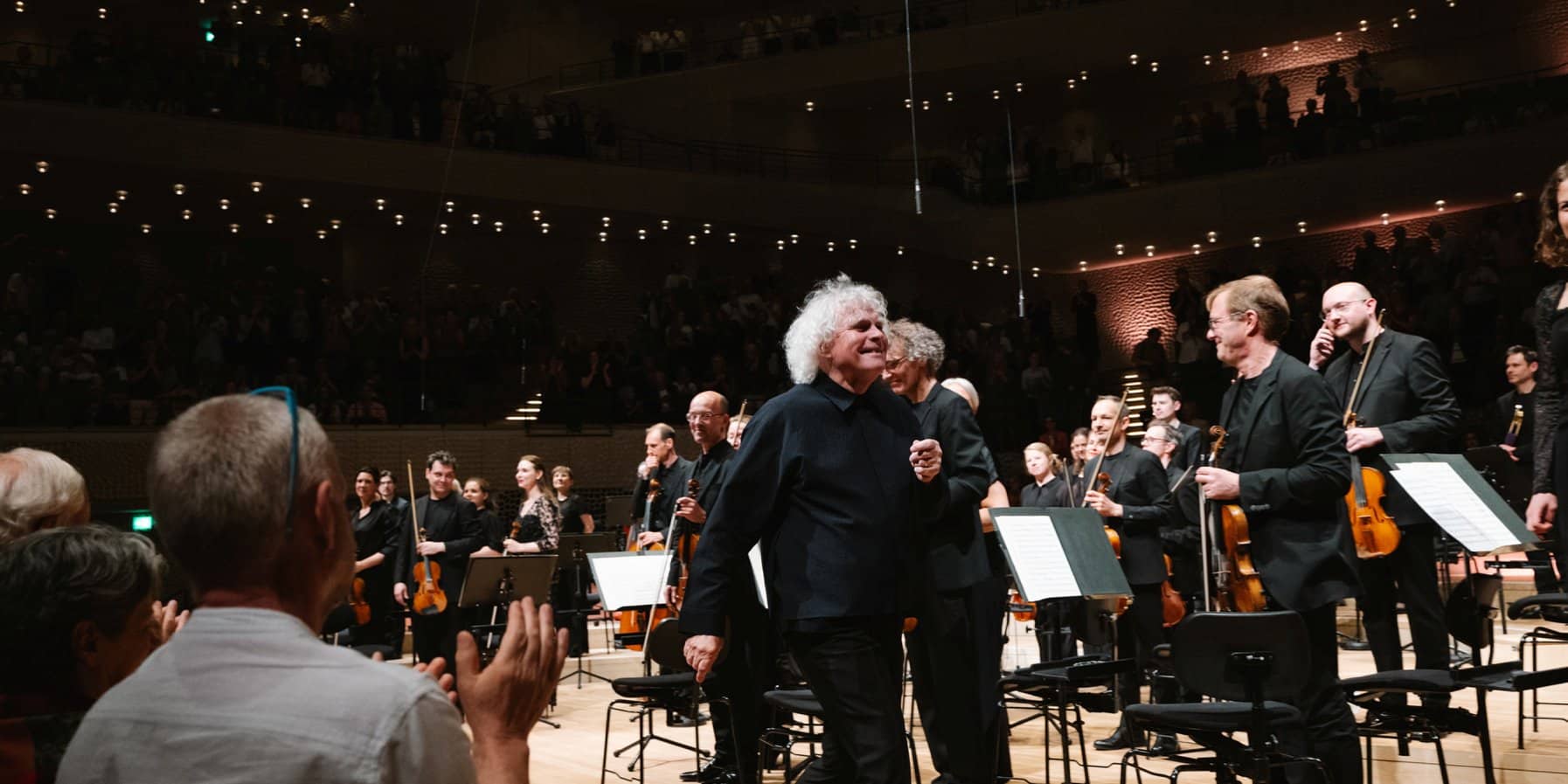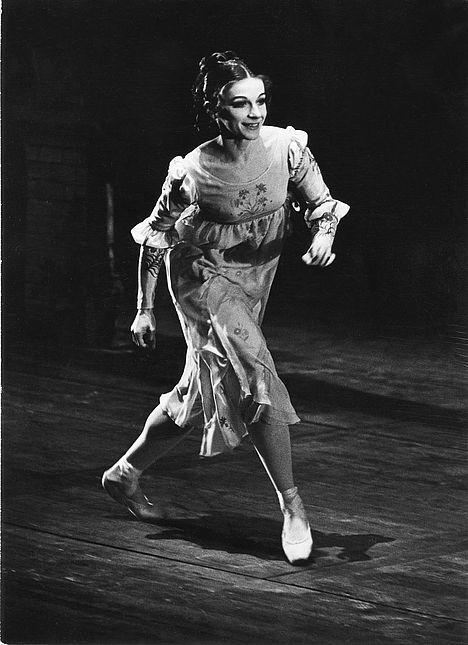Why a scientist plays timps at the Metropolitan Opera
mainJason Haaheim used to work in nanotechnology.
He has a BA in physics and an MS in electrical engineering. He did not attend a conservatory.
Now he’s just finishing his fourth season as principal timpanist at the Met.
Jason writes: The scientist in me remains awed by the high-powered international microscope that is the Met: our Live in HD simulcasts and international radio broadcasts routinely reach hundreds of thousands of people. That exposure can be…intense.
Read Jason’s first blog here.






What do you mean, “He did not attend a conservatory”?
He clearly states:
“But nevertheless, let me dispel those myths right now:
I DID study music, percussion, and timpani for many, many gruelling years.
I did NOT just waltz into this incredibly competitive audition and win it on a lark. That is pure fantasy.”
OK, sorry, I found the passage. I am confused. He both states he studied music, percussion, and timpani AND that he did NOT attend a conservatory. My understanding was that “studying” in English implies university or conservatory.
“Study” can refer to private study or self-directed study as well.
Thanks for your comment! To clarify, I received an undergraduate “Bachelor of Arts” degree with double majors in physics and music from Gustavus Adolphus College, a private liberal arts college in St. Peter, Minnesota, United States. So while I *did* study music, it was not in the same capacity as many of my colleagues who attended conservatories and received “Bachelor of Music” degrees specifically focused on orchestral performance.
Just glad you are pursuing your passion – what a cool route you took to get to the Met!
I am curious as to the correlation between the sciences of physics and the music. My younger son is a physics and theoretical math double major and plays percussion and tymps in an orchestra. Any thoughts?
Tell him to keep up the great work! And also that he should drop me a line next time he’s in NYC and we can get coffee and talk physics-music shop!
Hey, thanks–that is very generous! Will try to find your contact info.
Charles Kavaloski (former Principal Horn, BSO), PhD in Physics, Burton Fine (former Principal viola, BSO, PhD in Chemistry. These two are truly amazing. Any others who were PhD level that folks know of?
oops, not to imply Mr. Haaheim is not amazing, he is. I’m just adding to the history of academic-trained musicians.
There’s a British horn player who just joined the San Francisco Opera orchestra (I think). It was mentioned on here a few months back, and amid the complaints about why-couldn’t-they-hire-an-American, it came out that he was a physician as well as a horn player. I don’t remember his name though.
Ah – found him. https://sfopera.com/about-us/people/bios/orchestra/christopher-cooper/
(The man’s name is Mark Almond – don’t know why the link says “christopher cooper”)
I give up! Is it because he’s beating the drum for “string theory”!!?
Ha! Nice one.
When I attended Rensselaer Polytechnic Institute in the mid-late 1960s, the Physics textbook was by Resnick and Halliday. They included an illustration of what happens when a timpani head is struck. The math was truly frightening!
Bessel functions! One of my very favorite differential equations. Still have my copy of Halliday and Resnick. CLASSIC.
You are the only timpanist who ever typed “differential equations” (!!!). After RPI, I attended Eastman. Each place was deliciously opposite. At that time RPI had one music course – and Eastman had one science course. (Of course, the University of Rochester was another matter).
Eastman had a science course?? When??
I was a friend of Prof. Resnick here in Pittsburgh and over the years we have lots of chats about classical music and opera. He knew a lot about those two things and, specially about Einstein. Great guy indeed…Resnick, that is.
Mr. Haaheim, you are brilliantly addressing one of the biggest concerns I have as a father of young children: how to handle “failure”. Schools don’t give children enough opportunities to fail.
Don’t forget legendary hornist Charles Kavalovsky is a nuclear physicist by training. And Yo-Yo Ma studied at Harvard, which has a fine music program (and a terrific orchestra) but isn’t a conservatory.